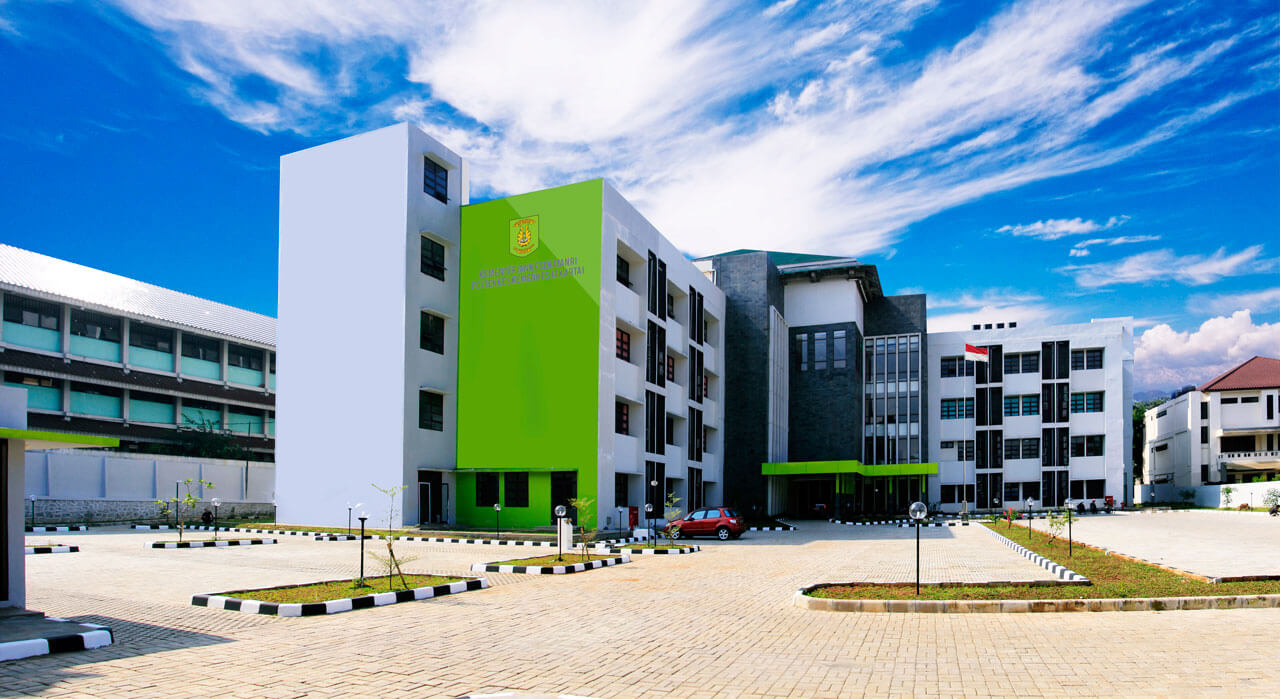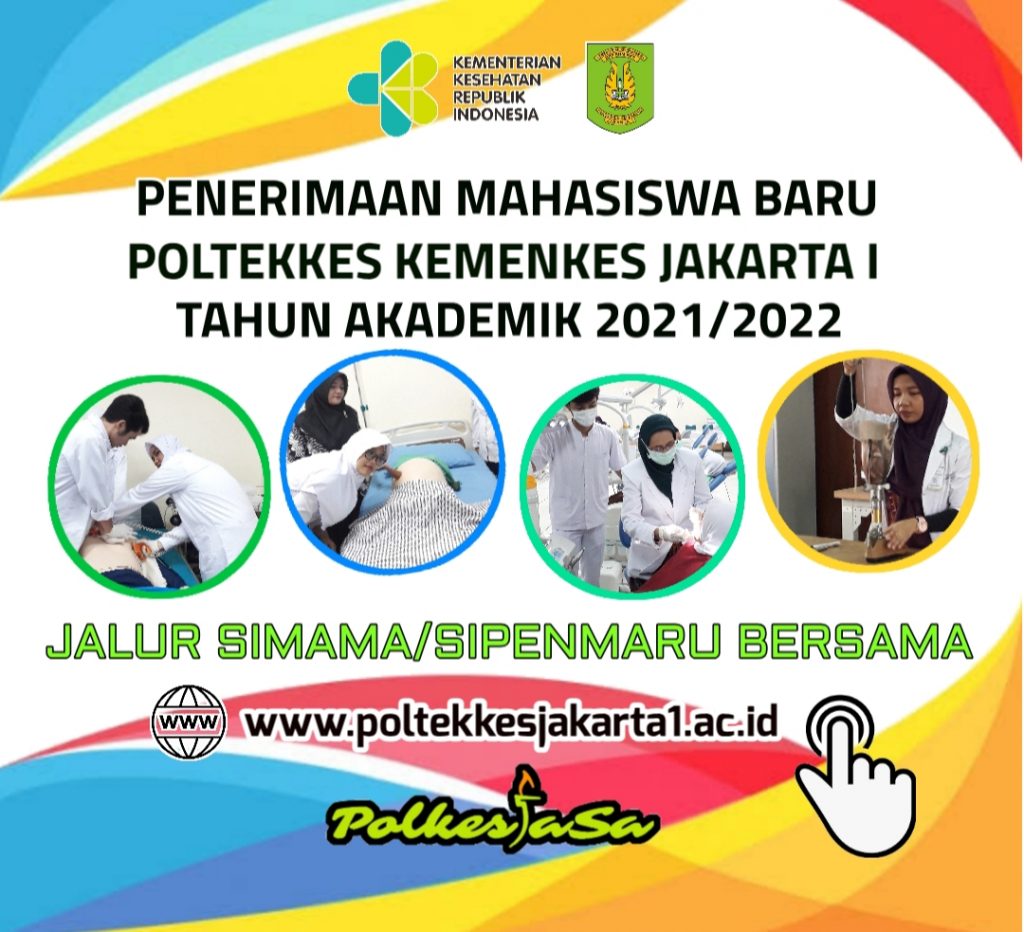
Analysis on The Effectiveness of Thoraco-lumbo-sacral Orthosis Based on The Barthel Index in Patients With Compressive Fractures
Abstract
According to the 2007 Indonesian Health Research Association, the prevalence of spinal trauma reaches 7.5 percent of the total population. The high number of patients with compressive fractures due to osteoporosis becomes the background of the increase in orthotic management. Thoraco- Lumbo-Sacral-Orthosis (TLSO) helps to manage the problem by reducing axial load and correcting excessive deformation of the spine. This research aims to analyze the TLSO by using the Barthel Index (BI) to assess functional abilities in patients with compressive fractures due to osteoporosis to perform Activities of Daily Living (ADLs). Random sampling with the cross sectional approach was used. Variables were divided into independent: the level of disabilities of patients with compressive fractures due to osteoporosis based on BI as the measure of the level of ability and independence to perform 10 ADLs, and dependent: the level of use of TLSO based on BI as the ability to reduce the level of disabilities. Twenty patients with compressive fractures due to osteoporosis fitted with TLSO participated in this study. Univariate analysis showed that the patients are over 50 years of age in which anatomical structures and physiological condition have declined, thus it is of high risk to have compressive fractures. Bivariate analysis indicated that there is no statistically significant relationship between the level of disabilities with the level of use of TLSO (p: 0.403). In contrast, there is significant relationship between the age of patients with their disabilities (p: 0.015). There are no contribution and relationship between the level of use of TLSO and the level of disabilities based on BI in patients with compressive fractures due to osteoporosis (p: 0.403). The largest significant contribution to the level of disabilities in patients with compressive fractures due to osteoporosis is by age (p: 0.015).




